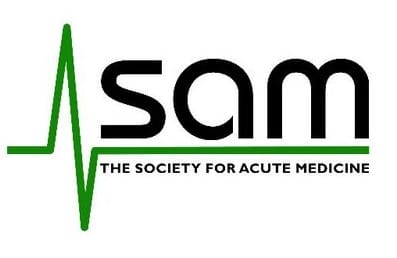The latest NHS performance data (December) released today (11 January) shows, among other things:
•69.4% of patients were seen within four hours in all A&E departments in December compared to 69.7% in November 2023 and 65.2% in December 2022. The 95% standard was last met in July 2015.
•There were 148,000 four-hour delays from decision to admit to admission in December and, of these, 44,000 were delayed over 12 hours (from decision to admit to admission) compared to 42,900 in November.
•The number of referral to treatment (RTT) pathways where a patient was waiting to start treatment at the end of November 2023 was 7.6 million.
•The total number of patients waiting six weeks or more from referral for one of the 15 key diagnostic tests at the end of November 2023 was 375,200. This was 23.3% of the total number of patients waiting at the end of the month against the operational standard of less than 1% of patients waiting six weeks or more.
•In England, for all four categories, average ambulance response times in December 2023 were longer than in all earlier months of 2023 to 24.
Dr Tim Cooksley, immediate past president of the Society for Acute Medicine, said: “There is a current state of turmoil in urgent care services which patients, their families and staff witness and experience on an hourly basis.
“This was predictable and increasingly inevitable as key elements required to mitigate winter pressures were not performed.
“This has resulted in degrading corridor care for vulnerable, especially older, patients with 44,000 patients waiting more than 12 hours for a bed, up from 42,900 the previous month.
“The recent junior doctor strikes, while adding pressure, are not the root cause of the problems and that is illustrated monthly by the performance data we see which, due to continual failure to meet targets, has created a culture of acceptance that poor performance is the norm.
“The 113,000 cancelled appointments will invariably result in increased pressures in urgent care as patients experience worsening of their conditions waiting for elective care, with figures showing that more people are attending emergency departments.
“There is insufficient workforce and capacity to meet the increasing demands of an ageing population with multiple health issues with simply no resilience to cope with any excess strain.
“The uncomfortable reality of what we are seeing needs political acceptance and a realisation that a focus on “short-term wins” without a comprehensive long-term strategy will condemn urgent and emergency care and the NHS to further deterioration.
“The improvement from the appalling situation this time last year is testament to the tremendous efforts of NHS and social care staff, however, it is well below the level we need to be to restore quality care and patient confidence.
“The failure to publish the 10-year urgent and emergency care recovery plan remains a grave concern.
“Collaborative position statements from medical royal colleges and societies have outlined the key clinical principles to support recovery which are focused on improved communication between clinicians, continuity of care and logistics with locally led innovation.
“It is essential that service and political leaders provide the resources needed and reduce unnecessary bureaucracy to enable national and local clinical leaders to drive forward and implement these changes.”
